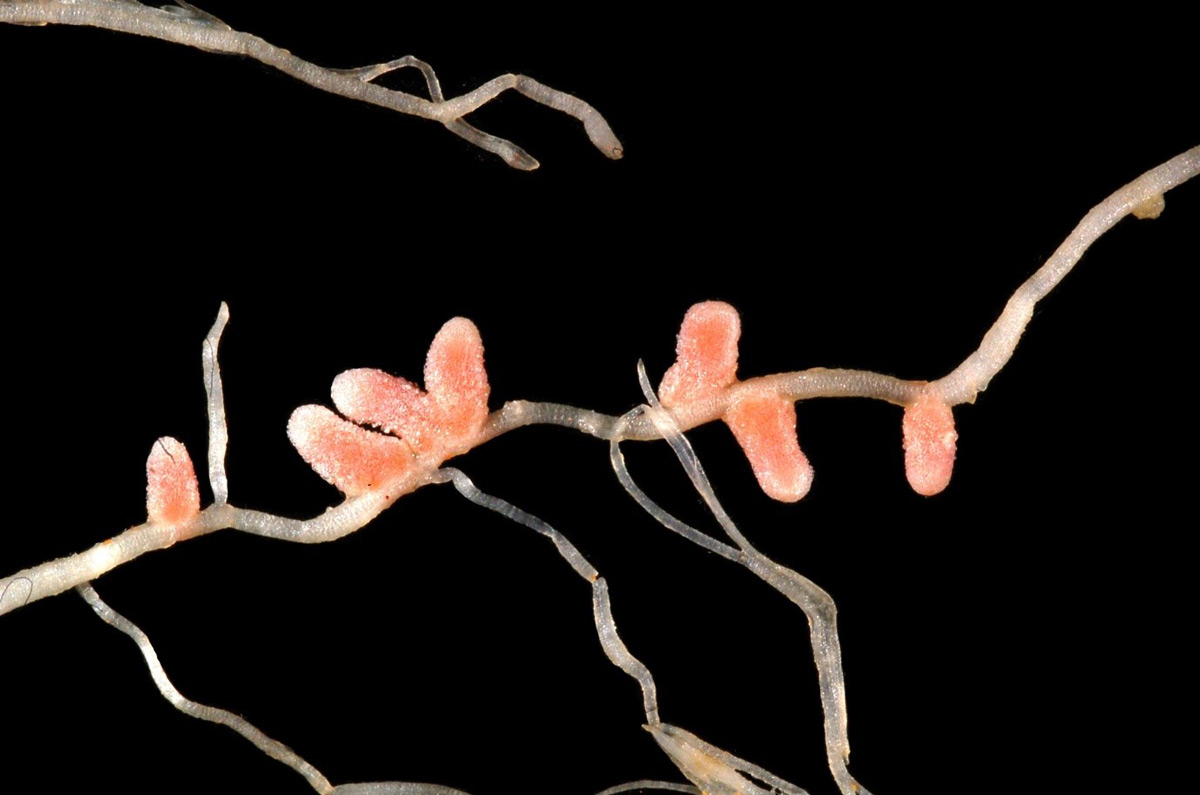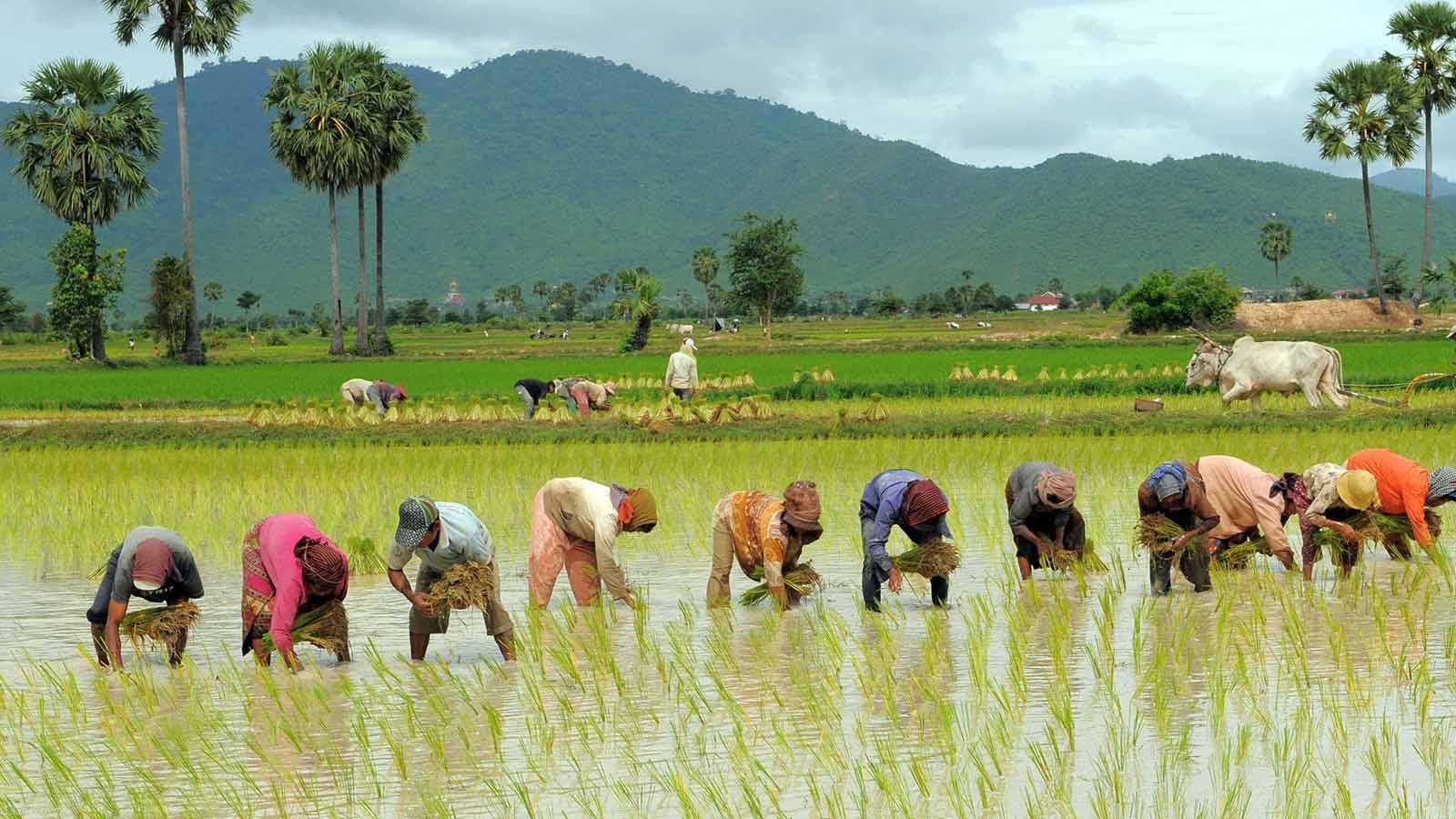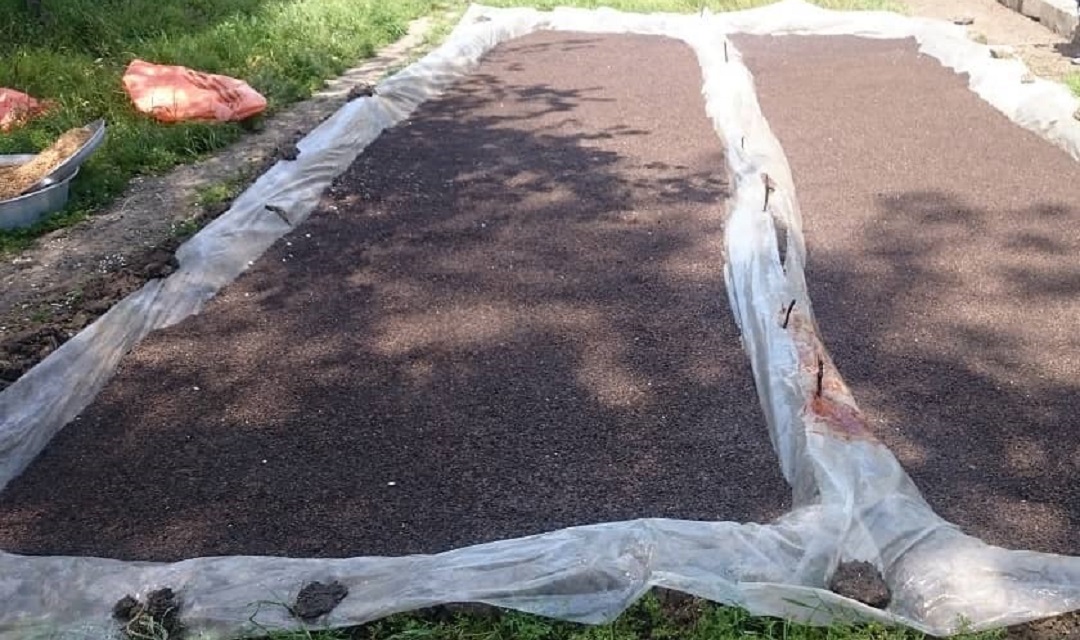Definition:
Biofertilizer is a term that can be interpreted in various ways. It is not difficult to find definitions identifying biofertilizer as a seaweed extracts, composed urban wastes, microbial mixtures with unidentified constituents or mineral fertilizer products enriched with organic compounds. Interestingly, the scientific research papers present a very broad interpretation of this term, representing everything from green manures, through animal manures, to plant extracts.
From the scientific point of view biofertilizer is an individual microorganism exerting plant growth promotion properties, but in the agronomical context this term pertain to product composed of beneficial strain(s), which are useful regarding nutrient mobilization, included in a carrier, possessing features that allow its storage at the time specified by the producer, and ready to effective application to the soil or plant. In this angle, biofertilizer can also enable addition of substances that contribute to the improvement of microorganisms' activity. Term “biofertilizer” should not be used interchangeably not only with terms such as plant or animal manure, intercrop or fertilizers referring to combination of mineral and organic compounds, but also with biostimulants derived from microorganisms (products based on dead microbial cells or extracts of microbial origin). The main role of biofertilizers application is promoting plant growth without deleterious side effects for environment and increasing harvest yields.
Therefore, biofertilizer is vital to nutrient cycling in the biosphere and is the major route to rely nutrients to plants. Biofertilizer products are usually based on the plant growth-promoting microorganisms (PGPM).
Benefits of Biofertilizer are:
- These are means of fixing the nutrients available in the soil.
- Since a biofertilizer technically contains a living organism, it can symbiotically associate with plant roots.
- Microorganisms can readily and safely convert complex organic material into simple compounds, so that they are easily taken up by the plants.
- Microorganisms function in long duration, causing improvement of the soil fertility.
- It maintains the natural habitat of the soil.
- It increases crop yield by 20%–30%, replacing chemical N and P, thereby stimulating plant growth.
- It can also provide protection against drought and some soil-borne diseases.
Some important groups of biofertilizer include: microbial fertilizer containing living microorganisms which when applied to the plant, seed, or soil colonize the region of the soil or the interior of the plant and directly influence root secretions and associated microorganism (rhizosphere). This influences growth by increasing the supply or availability of primary nutrients to the plant. They also play a very important role in decomposition of organic matter, production of plant hormones, and enhancing enzyme synthesis within plants.
The microbes used for biofertilizer should be:
- 100% organic, highly complex microorganisms,
- Stimulating plant growth with increased soil microbial balance properties,
- Naturally occurring, harmless, and can safely be used in agriculture,
- Confirmed by DNA identification techniques as active ingredients within the polymicrobial blend,
- Environmentally friendly soil ameliorants.
Microorganisms Used in Biocontrol and Biofertilization:
Plant-Growth-Promoting Rhizobacteria (PGPR)
The most common biofertilizers and biocontrol agents currently in use belong to a group known as plant-growth-promoting rhizobacteria (PGPR). PGPR colonize the rhizosphere of many plant species, where they induce beneficial effects for the host, for example, increased plant growth and reduced susceptibility to diseases caused by plant pathogens, such as nematodes, fungi, bacteria, and viruses. The majority of the most-well known PGPR belong to the genera Alcaligenes, Arthrobacter, Azospirillum, Azotobacter, Bacillus, Burkholderia. Enterobacter, Klebsiella, Pseudomonas, Rhizobium, and Serratia. Benefits of PGPR can include increased seed germination rate, root growth, yield, leaf area, chlorophyll content, nutrient uptake, protein content, hydraulic activity, tolerance to abiotic stress, shoot and root weights, and delayed senescence.
PGPR are, thus, often employed as biofertilizers. For example, Azotobacter chroococcum and A. vinelandii are used as nitrogen fertilizers worldwide. Strains of Bacillus megaterium, B. amyloliquefaciens, and Pseudomonas fluorescens are used for phosphorus fertilization. Providing potassium nutrition for crops, there are biofertilizer products based on Frateuria aurantia. For zinc, sulfur, and silicate fertilization, there are strains such as Thiobacillus thiooxidans, Delfia acidovorans, and Bacillus spp. used as products mainly in Asia. Furthermore, there are >10 products with undefined mechanism (apart from “plant growth promotion”) consisting of 1–30 strains of PGPR.
Rhizobia
Rhizobia are among the oldest agricultural tools, as the industrial production of rhizobia started already at the end of the 19th century. The nitrogen-fixing alpha-protebacterial genera of Agrobacterium, Allorhizobium, Azorhizobium, Bradyrhizobium, Mesorhizobium, Rhizobium, Sinorhizobium, Devosia, Methylobacterium, Ochrobactrum, and Phyllobacterium, as well as beta-proteobacterial Burkholderia and Cupriavidus, can all form nodules with legumes as the host plant. Whereas their agricultural use is rather limited to the leguminous crop plants, they are responsible of as much as 200 to 300 kg of fixed nitrogen/ha/crop. Furthermore, the nitrogen-fixing cyanobacterial symbiosis with Azolla is widely used as green manures in rice cultivation.

Mycorrhizal Fungi
Besides PGPR, mycorrhizal fungi are among the most used biofertilizers globally. They extend the root system of the host plant and help the crop plants in uptake of water and nutrients, specifically phosphorus; reduce abiotic stress; and act in biocontrol against root-damaging pathogens of the genera Fusarium, Pythium, and Phytophthora, as well as nematodes. Mycorrhizal fungi can improve the food-quality properties of crop plants by increasing antioxidant and vitamin contents of edible parts. Furthermore, they improve the physical properties of the soil by modifying the soil structure. For example, the hyphae can induce entanglement of soil particles with each other to create macroaggregates. The most common type used to improve agricultural crops is arbuscular mycorrhizal fungi (AMF), which penetrate the root cortical cells of a host plant and form highly branched structures, arbuscules.

Endophytic Fungi
Endophytic fungi inhabit plant tissues without destroying or producing substances that cause an infection to the host cell.45 Their coevolution means that the endophytes produce the same or similar compounds to those originating from the plant. Most of the endophytic fungi belong to Ascomycota and live symbiotically within the leaves, fruits, flowers, and stems of plants, with no external indication of their presence. Endophytic fungi are capable of degrading plant materials.
Regardless of numerous positive impacts on plants and potential in both biocontrol and biofertilization, endophytic fungi have been rarely developed as biotechnological tools in agriculture. One of the most promising and best studied endophytes is Piriformospora indica, which colonizes the roots of crop plants such as barley and corn. The fungus can promote the uptake of phosphorus and sulfur, enhance production of biomass, and encourage early flowering and seed production. P. indica helps the host plant to overcome abiotic stress, such as water, temperature, and salt stresses, and induces plant resistance towards toxins, heavy metals, insects, and pathogens. The fungus thrives in the southern hemisphere, as the DNA and mRNA of P. indica were detected in the soil in UK only for a maximum of 15 months. Overall, the effects of P. indica have been thoroughly studied and tested in as many as 150 different plant species.
Rhizospheric Fungi
There are also several soil-associated fungi used in agriculture for increasing crop health and fitness. For example, Penicillium bilaiae is a rhizospheric fungus that, like mycorrhizal fungi, helps the plant in phosphate acquisition. Members of rhizospheric and epiphytic Trichoderma spp. are used in many products due to their capacity to reduce abiotic and biotic stress on host plants, for example, by controlling many plant pathogens and nematodes.
Rice cultivation
More than three billion people in the world, especially in Asia, are one of the main food sources. Almost half of the Asian people are rice as one of the main sources of food, which is more than 110 kg in year. Rice crop is cultivated in more than 10 countries with a Delta river climatic in the mountainous areas. Asia, including Iran, China, India, Indonesia, Thailand, Philippines, Vietnam and Bangladesh produces approximately 90% of the world's rice products. And the rest of the rice production is related to Egypt, Brazil and the United States.

How to plant rice
Rice clusters last year keep in a dry, away of sun light and also away of any animal and mice. The first a large amount of water and salt is prepared for germinating the rice seeds. Therefore, the rice that has been stored last year is poured into the water and salt. Then, the light seeds are on the surface of the water and the heavy seeds are placed at the bottom of the water. The heavy seeds wash with water and they collected in the sack. In the next step, the sacks are placed in water for 2-3 days. Then, the seeds are spread on the ground or mat. After 10 days, the germinated seeds are planted in the agricultural land that called treasury.

The important point: farmers should prepare the agriculture land (treasury) for planting seeds that this method done about 6 months before germination of seeds. The land is plowed in the fall then they covered with the special fertilizers in the winter after that the land is plowed and all lumps and stones are collected. At the end, the land is ready for planting germinated seeds. The agricultural land (treasury) is filled with water about 3 cm. the germinated seeds are scratched on the surface of the soil by hand. Then, it is covered the land with plastic because they protected of cold. Also, the plastic is removed from the ground once a day as oxygen and air are replaced on the ground and sometimes they are covered. The seedlings grow about 25 to 30 then they are ready for planting in the main land. The important point: the seedlings have grown enough when they are about 15 to 29 cm tall and 4 to 5 leaves.

At the end May month, the seedlings have grown enough that they were provided for transferring into the main land. The first, the ground was irrigated completely. The second, the seedlings were dogged by hands. Then they are planted in pairs next to each other and distance from the next batch of transplants. Final note: the seedlings and their distance are completely different because they are prepared based on the volume and amount of the product of these categories and are planted at a distance.

BacFarm Biofertilizer







